 ‘DJB is committed to the twin objectives of supplying good quality potable piped water to all households in Delhi and to ensure 24*7 supply of potable water at adequate pressure across Delhi in a phased manner,’ says Nikhil Kumar, CEO, Delhi Jal Board, in an exclusive interview to Sanghamitra Mohanty, APAC News Network.
‘DJB is committed to the twin objectives of supplying good quality potable piped water to all households in Delhi and to ensure 24*7 supply of potable water at adequate pressure across Delhi in a phased manner,’ says Nikhil Kumar, CEO, Delhi Jal Board, in an exclusive interview to Sanghamitra Mohanty, APAC News Network.
Shed some light on various projects being implemented by the Delhi Jal Board (DJB).
DJB is entrusted with the responsibility to provide safe and wholesome drinking water supply to the citizens of Delhi and collection and treatment of generated sewage to the permissible standards before disposal or reuse. Our approach is multi-dimensional and multi-sectoral towards perspective planning and project implementation, both in the water and sewerage sector.
Delhi has nine water treatment plants, out of which seven water treatment plants are dependent on river water (Ravi – Beas water from BBMB and Yamuna Water) through Haryana, while two water treatment plants located in east Delhi receive Ganga water from Murad Nagar in Uttar Pradesh. Presently, optimum production of Potable water is about 935MGD and includes about 90MGD from ground water resources.
All our on-going projects like 100 percent piped water supply and sewerage network to each and every household in Delhi especially in unauthorised colonies, up- gradation of water suppLY infrastructure, augmentation of raw water resources, increasing sewage collection and treatment capacities, ‘ revival of water bodies, increasing utilisation of treated effluent etc. are vitally important for Delhi.
In the water sector, two major reform projects involving Chandrawal and Wazirabad Command Areas including up- gradation of these two very old treatment plants have been taken up. There are six packages involved in each project, which are at various stages of progress. One of the packages involving up-gradation of 477 MLD Chandrawal WTP has already commenced. These projects also involve up-gradation of water transmission and distribution infrastructure and setting up of District Metered Areas (DMAs).
This is designed to bring down Non- Revenue Water (NRW) below 15 percent, rationalise the distribution and ensure regular supply of water in the command areas of the Water Treatment Plants (WTPs). The new and upgraded WTPs at Chandrawal and Wazirabad will be able to treat river raw water with high levels of Ammonia (Ammonical Nitrogen-N) up-to 4ppm. This would effectively resolve the issue of disruption in supply due to shut down of existing water treatment plants at these locations on few occasions every year because of high pollution level in the river water.
DJB is installing bulk flow meters on its transmissions and peripheral water mains for efficient water auditing and minimising leakage losses in this crucial component of water supply infrastructure.
DJB is already carrying out improvement works for water supply distribution system including formation of DMAs in the Command Areas of Nangloi Water Treatment Plant, Malviya Nagar Primary UGR and Meharauli-Vasant Vihar PPP Projects for reducing NRW and promoting equitable distribution of water. We have also engaged Consultants for hydraulic remodeling of distribution command areas of other Primary UGRs and would be taking up water supply distribution system improvement works including setting up of DMAs for reducing NRW and regular supply of water at adequate pressure to all the consumers in Delhi.
DJB has also envisaged an ambitious project of re-use by discharging treated effluent of high quality at Palla from the upcoming Coronation STP, which can be lifted at Wazirabad as raw water source for further treatment to augment water resources.
This proposal is awaiting clearances from relevant quarters. DJB has also taken the initiative of revival of 155 Water bodies across Delhi and creation of artificial lakes at five locations by use of treated effluent from nearby STPs, which will help in augmentation of stressed ground water resources. Delhi Jal Board has a robust plan to progressively augment its production of potable water to the extent of about 200 MGD in next few years to cater to the ever increasing demand in Delhi.
What are the initiatives taken by DJB in terms of sewage management?
On the sewerage side, our installed sewage treatment capacity is 607 MGD and presently about 525 MGD sewage is being treated before discharge into the river Yamuna. Delhi Jal Board has plans to increase its sewage treatment capacity to 707MGD by setting-up of Kondli, Rithala, Coronation and Okhla STPs. Additionally, 56 de-centralised STPs are also planned in the Outer Delhi areas to enhance the sewage treatment capacity to 799MGD.
Collection of sewage will also increase progressively with completion of all drain tapping points into Intercepted Sewer Project (ISP) . Also, works on rehabilitation of trunk / peripheral sewers in a length of about 167KMs are in progress and will be completed in about two and a half year’s time. Further, internal sewers are being laid in all unauthorised colonies. Collectively, all these measures would increase the collection of sewage from all parts .of Delhi for treatment and will, thus, help in reduction of pollution load in the river Yamuna.
For sustainability of ground water For sustainability of ground water resources, Delhi Jal Board is emphasising optimum utilisation of treated effluent for horticulture, industrial and other non- potable purposes. About 90 MGD of the treated effluent from our STPs is being utilised and DJB is continuously taking up the matter with DDA. MCDs and other prospective bulk users to set up systems and infrastructure for increased utilisation of treated effluent in their parks too.
24*7 water supply is still a distant dream for residents in many parts of the city. What steps are being taken by the Board to address this issue?
DJB is committed to the twin objectives of supplying good quality potable piped water to all households in Delhi and to ensure 24*7 supply of potable water at adequate pressure across Delhi in a phased manner. For this purpose, we are augmenting our potable water production, revamping water supply distribution infrastructure including formation of District Metered Areas, reducing Non-Revenue Water, minimising physical loss of precious potable water through leakage detection/control and promoting healthy water conservation and smart usage by citizens.We will continue with multi-nodal Information Education Communication (IEC) programmes on a sustained basis to enlighten the citizens of Delhi to come forward and optimise their daily water consumption, reduce wastage and actively associate in water conservation measures. Each of us has to understand that ‘Water is Precious-Every Drop Counts’ and the motto of ‘Reduce, Re-use, Conserve’ is the necessity of our times.
Please tell us about the key challenges being faced by the Board.
Delhi is the national capital with over 20 million population, which is on an increasing trend. To provide safe and good quality drinking water in sufficient quantity, at adequate pressure, to the people of Delhi and rejuvenation of river Yamuna are gigantic tasks, which require round-the- clock efforts. Delhi Jal Board, being one of the largest water utilities in the world, with daily production and distribution of about 935 MGD (4245 MLD) of potable water in the city, is completely focused and dedicated to these noble causes.
The scenario for Delhi is more challenging on the supply-demand matrix. On supply side, Delhi is constrained by its very limited sources of raw water. It has limited river water availability through the river Yamuna, which is totally predicated by interstate river water allocation agreements and its implementation.
Its Ground Water resources are severally restricted due to its small geographical area, which are already overstressed. On the demand side, Delhi is buffeted by one of the highest population density, which is inexorably increasing, burgeoning the demand of water. The situation has become more complex by the mixed development pattern of the city, consisting of planned areas and unplanned areas like unauthorised colonies. JJ Clusters etc. In such a scenario, it becomes more challenging to meet water requirement for the citizens of the Delhi in a uniform and equitable manner, with strict adherence to prescribed quality standards across the entire city encompassing over 1480sq kms.
Besides, catering to the water demand of the capital city. DJB also discharges its remit of collection, conveyance, treatment and disposal of the generated waste water (sewage) from the city.
Delhi Jal Board has to play a crucial role in the amelioration and mitigation of water pollution in the river Yamuna, which is lifeline of Delhi, and is taking multifarious measures for its upkeep and water quality improvement. Extending sewerage system in areas of unplanned development in Delhi, which is more than 50 percent and motivating the people to take sewer connections is an onerous task, which requires consistent attention and focused efforts.
Operation and Maintenance of water and sewer networks in the narrow congested lanes of unplanned areas dotted with four to five storey buildings, is a daunting task. Public service delivery in such areas is a highly challenging operation and requires unfettered commitment and unwavering dedication by the entire DJB team to meet aspirations of the people of Delhi, to which it remains firmly rooted.

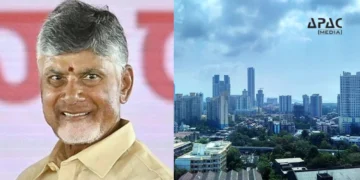



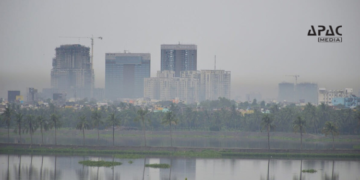



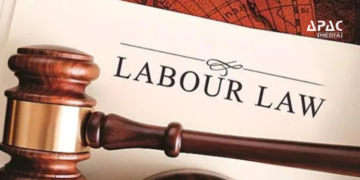


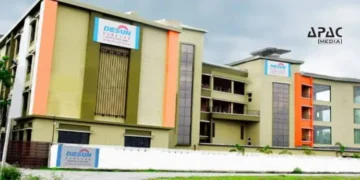






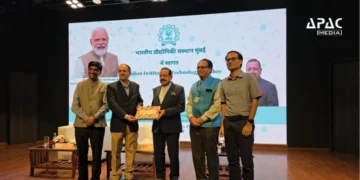
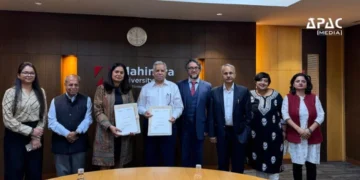
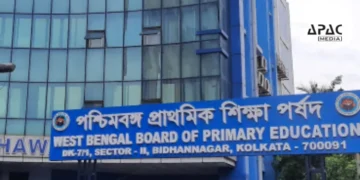


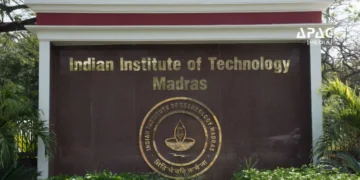



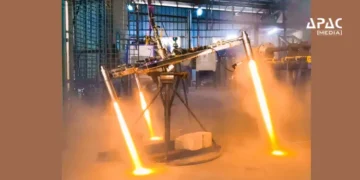

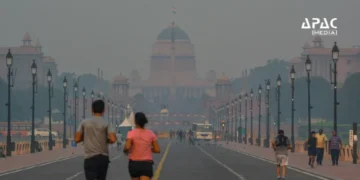


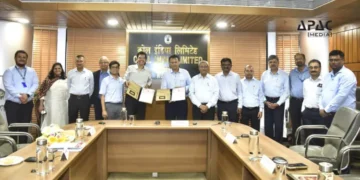
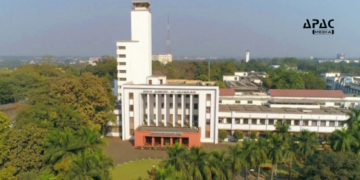

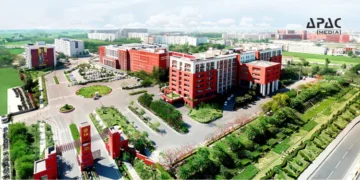


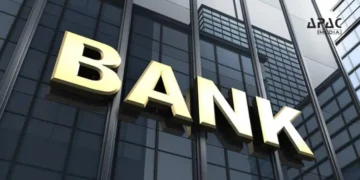





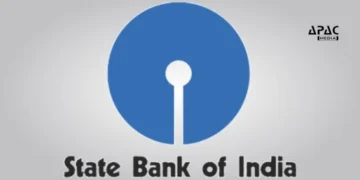

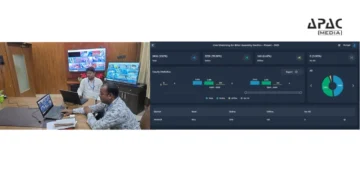

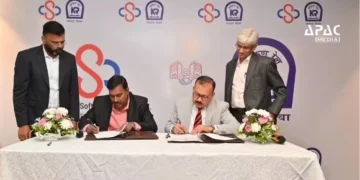

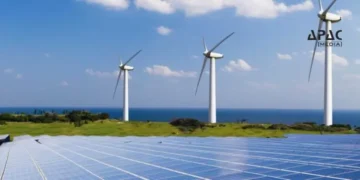
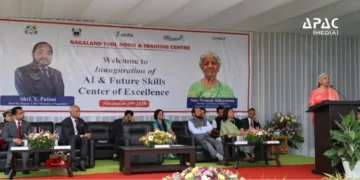





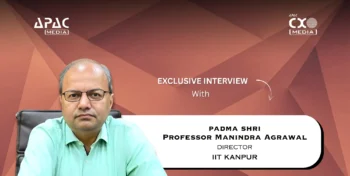











Discussion about this post